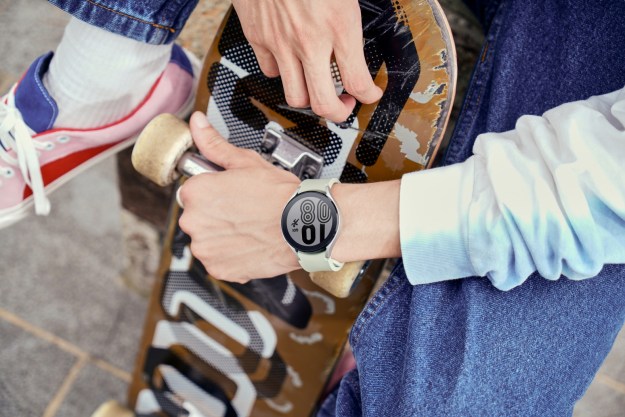
The result is a film which can stretch and flex over almost anything you can think of, ultimately turning it into a touch sensitive surface. Even when the Carbon NanoBud film is wrapped around something like a cable, performance barely changes. This opens up the possibility of touch sensitive headphone cables, touch controls on a curving car dashboard, or anywhere a physical button is inconvenient or impossible to place.

According to the MIT Technology Review, manufacturers have been experimenting with carbon nanotubes to create more flexible touchscreens for some time, but due to poor conductivity and an expensive manufacturing process, the research hasn’t flourished. Canatu’s hybrid film solves the problem of conductivity, and it claims to have found a way to make them cheaply. It has already invested in equipment to make enough film to cover hundreds of thousands of smartphones per month, and in 2015, expects to increase the output to millions.
The report notes only one drawback, saying the Carbon Nanbud film isn’t suitable for “very large screens,” due to reduced sensitivity, but doesn’t state whether that means a tablet or a television. Canatu’s staying quiet about any mobile industry partnerships, but we’re hoping that’ll change in the near future.




